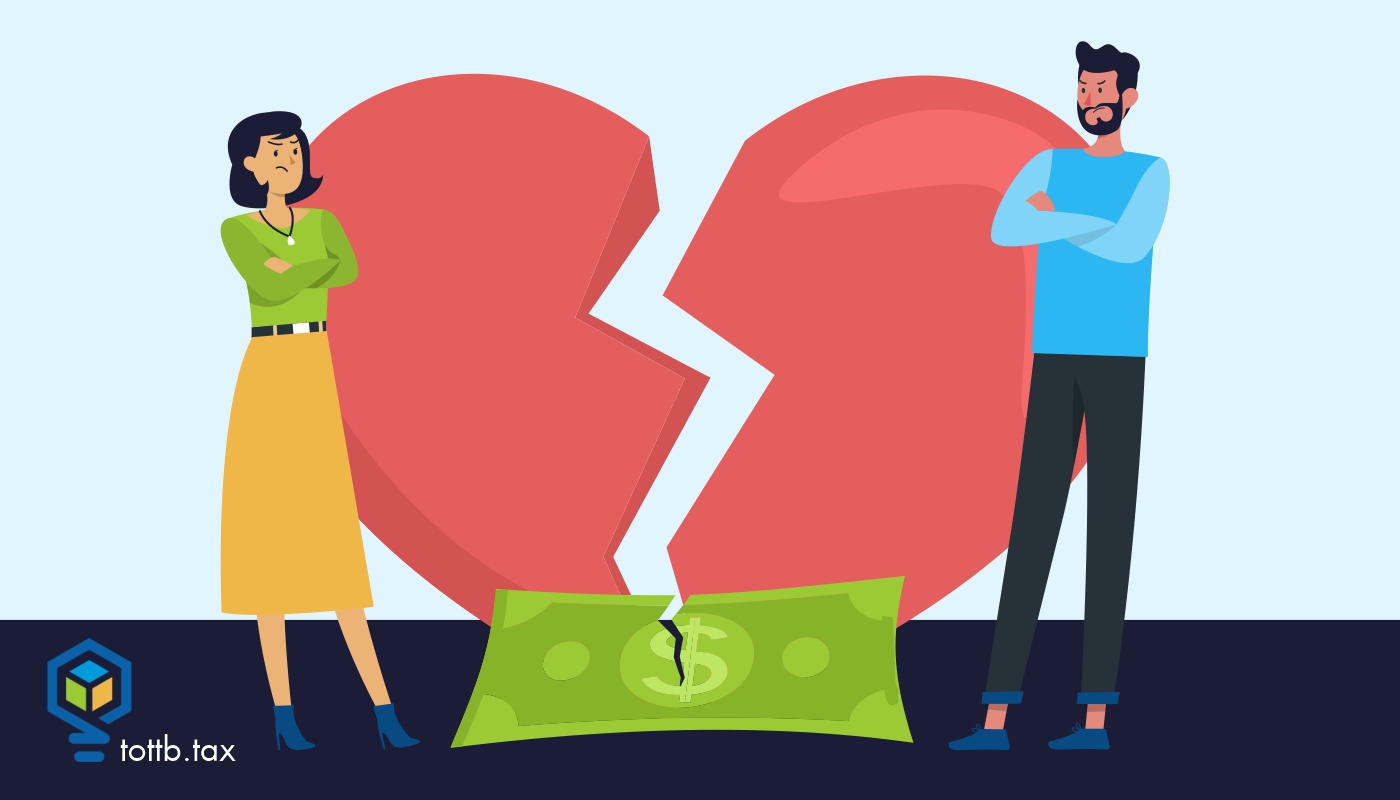Client Alert
Vehicle and Mileage Issues – Real-World Best Practices and Maximizing Deductions in a Tax Plan
Every tax professional has at least one client that when asked about business mileage replies, “I don’t know; what did I have last year?” You may have read that last sentence and thought, “most of them.” Self-employed taxpayers generally know they must track their mileage, but it’s seldom done correctly, or at all. Vehicle deductions are an area frequently challenged by the IRS on examination as well as an area the taxpayer is unlikely to prevail without strong, contemporaneous documentation. That said, very few taxpayers keep perfect records, so what are the best practices for mileage deductions in the real world? Keep reading to find out!
Read MoreDivorce and Taxes
“Timalyn, Alyssa and I filed for divorce, and we will finalize everything before Thanksgiving. Does this change things for our taxes?” “No! Can we wait until January 1?” were my initial thoughts. But then I realized that if this news blindsided me, the seemingly happy couple was probably also scrambling for answers. They were looking to me to be calm during an upcoming storm. To give you some context, I had helped this family lower their back taxes by $16,000 and get a payment plan that worked well with their cash flow. Then, by implementing a few strategies they had just saved an extra $20,000 on their last tax return. We were planning on saving them even more money in upcoming years. Then, that is when it happened. Divorce. I never saw this happening, so I never prepared for it. But if it happened to me, it will happen to you. Clients divorce. Some of the things we are going over today may seem obvious to you. But remember what is obvious to us as tax experts is not obvious to our clients, especially if they are going through a life-changing event such as divorce. Here are four things you need to inform your client about when it comes to their divorce and taxes...
Read MoreNOT A MEMBER YET?

SUBSCRIBE TO GET ALL OF OUR
GREAT ARTICLES AND RESOURCES!
CURRENT EDITION

Year-End Tax Planning Under the One Big Beautiful Bill Act (OBBBA)
The One Big Beautiful Bill Act (OBBBA), signed into law on July 4, 2025, doesn’t reinvent the tax code it refines it. Much like its predecessor, the Tax Cuts and Jobs Act (TCJA), it keeps many familiar provisions in play: lower rates, expanded SALT flexibility, and broader deductions. But here’s the real story: While most tax pros are busy memorizing what stayed the same, the planners who will win 2025 are the ones spotting what just became possible. OBBBA quietly opens a handful of powerful new planning windows — each one capable of delivering real, measurable savings for the right client. The key is knowing which changes are worth your time… and which are just political garnish. Below, we’ve curated the most strategic, high-impact moves to make before year-end 2025, the ones that separate the advisors who explain the law from those who leverage it. Most tax pros will stop at what changed. The smart ones will keep reading to learn how to use it.

Timing is Everything: A Conversation Between a Tax Pro and Client
The new permanent bonus depreciation regime will bring back the old playbook: lever up to buy a rental property and bonus depreciate everything under the sun. But the tax savvy general partners know that WHEN to depreciate is just as important as how to depreciate.

Student Loans After the OBBBA Part 2: Helping Clients Navigate the New Landscape
As the federal student loan system enters a new era, advisors are tasked with helping clients navigate the practical implications of recent reforms. The One Big Beautiful Bill Act (OBBBA) has redefined borrowing limits and repayment options, creating fresh challenges for borrowers at every stage of higher education. Whether clients are weighing school choices or managing existing student debt, understanding these updates is key to providing informed financial guidance. In Part 2 of our OBBBA student loan series, we explore how these changes could play out for common borrower situations and what advisors should be aware of to confidently guide clients through the post-OBBBA student loan landscape.



